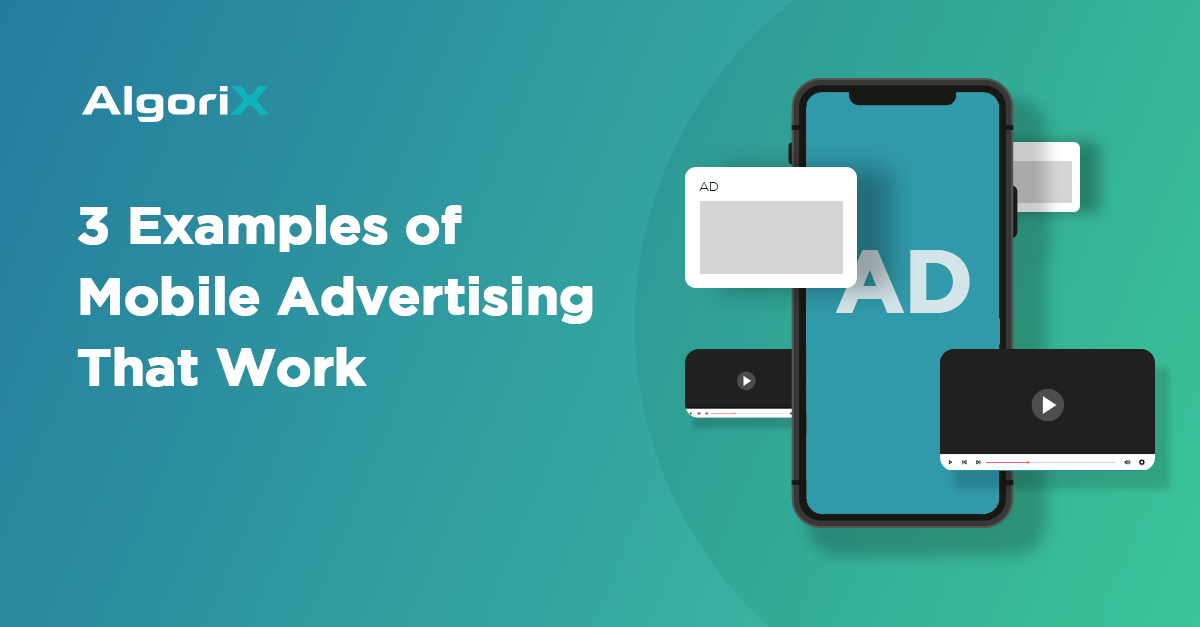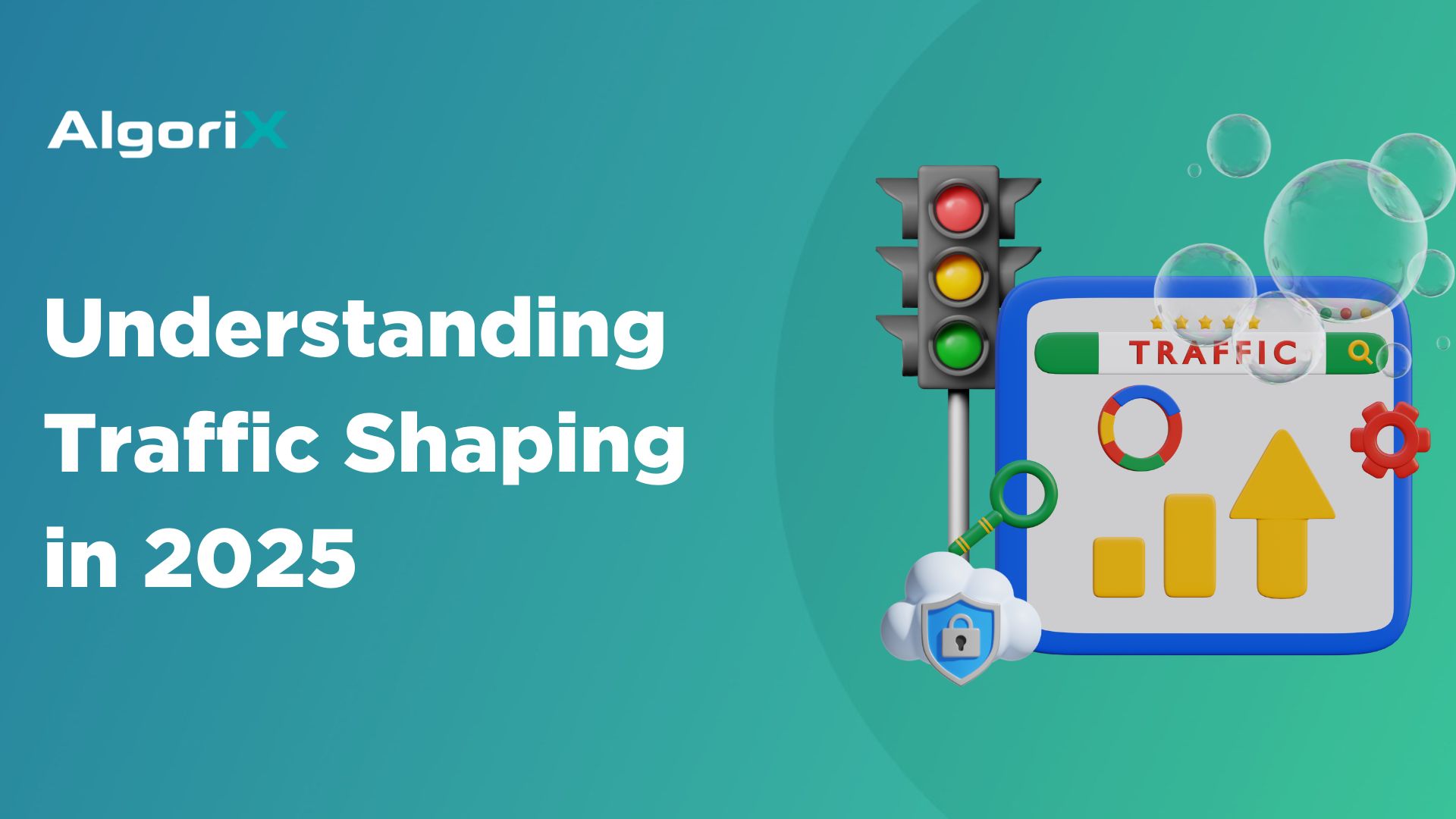The world of advertising is unpredictable. It’s fast-paced and ever-changing. It needs to be. To remain relevant, brands must make sure they know the latest mobile advertising trends to make necessary adjustments.
Unlike in other industries, the pandemic helped fuel mobile advertising’s expansion. In fact, the mobile industry was among the handful that had a “business as usual” pace. Thanks to the many brands that switched a huge volume of their ad budgets from desktop to mobile. That said, it’s most necessary for advertisers and publishers to push for more campaigns with a focus on mobile advertising.
Why Mobile Advertising Works
According to Statista, the total mobile ad spend globally will hit a record of US$327.1 billion this year, representing a 17.2% increase from last year. The same report shows that ad spending will reach US$399.6 billion within the next two years. And the main reason for this is simple: more and more people are spending more time on their mobile phones. An average US adult spends five to six hours on their mobile phones daily, which doesn’t even include smartphone use related to work.
This average time spent is enough for advertisers to invest in the medium. Video content, including Instagram Reels and TikTok videos, are some popular forms of mobile content that sell to consumers. It has become a resource for communication, information, and entertainment. Aside from social media channels, mobile gaming ad spending is also gaining ground.
Statista also reported that 30% of users prefer watching ads to paying for downloads. In-app ads are effective for getting traffic. A survey showed that about 32% of users visited a brand’s website if they watched relevant in-app advertising, and 11% claimed to buy the advertised product.
Examples of Mobile Advertising and Why They Work
Knowing the statistics and trends, you might think about how to start your mobile advertising journey. First, here are some examples of mobile advertising and why they are effective:
Mobile Banner Ads
Mobile banner ads show across a vast website network. When done on mobile phones, they appear as banner ads to smartphone users.
Why they work: It has the potential to reach a large percentage of users.
But, of course, you have to ensure that your mobile ad banner is catchy enough. Start with an attention-grabbing visual. Your copy also plays a critical role -it should be on-point and direct. The placement of the copy on the banner is also important. It should be easy to read when on mobile. Your Call-to-Action, of course, should be visible. Don’t forget to make sure your logo is present and the overall design promotes brand recall.
In-App Display Ads
In-app Display ads are present within the app while in use. They are often placed on the bottom of the screen, within the line of sight of users.
Why they work: In-app display ads promote “constant contact.” They are there on the screen, not distracting the users while they use the app, but visible enough for the users to recall them.
Video Ads
Video ads are those that tell a story. This form of mobile advertising is becoming popular because they make the target audience experience the product. Some brands use a first-person video tour because it helps draw the users in. Plus, it also provides an interactive element.
Why they work: You don’t need a huge advertisement budget for this. A little creativity and perhaps a touch of humor can pique your target audience’s interest. What’s great about such catchy ads is that they can reach more users as people would share your advertisement organically if they find it amusing.
When doing a mobile advertising campaign, it’s best to incorporate these different examples of mobile advertising—experiment with which one works best for your target audience. Doing a multi-channel campaign to reach more users would also be helpful.
Need help with your mobile advertising campaigns? Contact us now and we’ll guide you every step of the way of your mobile advertising journey.













